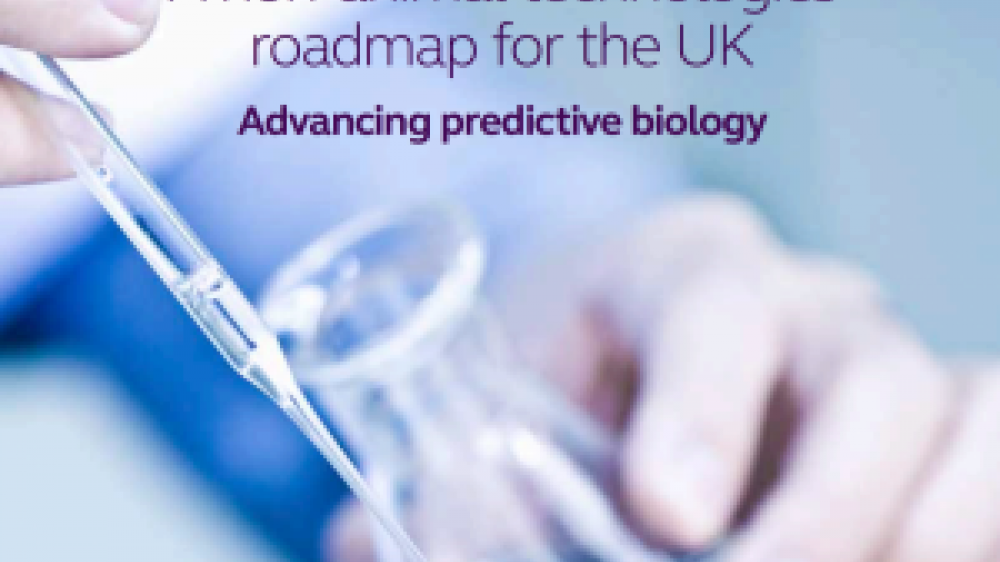A new roadmap on non-animal technologies

Today sees the publication of a roadmap on non-animal technologies (NATs) which has been jointly developed by six organisations – Innovate UK, the NC3Rs, BBSRC, EPSRC, MRC and Dstl. Here Dr Vicky Robinson the NC3Rs Chief Executive describes the background to the roadmap.
Animals are used extensively in the testing of a wide range of products from pharmaceuticals to pesticides. In some instances the tests do not provide reliable or relevant results and many industrial sectors are seeking new cost-effective and predictive approaches to investigate the efficacy and safety of their products. There are many technologies emerging from the science base with potential but the challenge is how to develop them into appropriate tests and then how to scale them up for commercial use. There are significant hurdles to address ranging from technological to data management to manufacturing. It is these hurdles that the roadmap aims to tackle and in doing so it provides the opportunity for NATs to replace and reduce the use of animals.
The roadmap is part of a wider collaboration between the six partners which has already resulted in £10 million being invested in business-led R&D projects and the launch back in February of an online forum, the NATs Special Interest Group, to connect researchers across sectors and disciplines in the development of NATs. The emergence of NATs as an area for further focus is closely linked to the work that the NC3Rs has led over the last five years, in particular through our CRACK IT platform. CRACK IT fosters collaborations between big business, academia and the SME sector in order to accelerate the uptake of 3Rs approaches and supports economic growth by improving business processes and developing marketable products.
One of the indicators of success that we set ourselves for CRACK IT was whether we were able to demonstrate to other organisations which fund innovation that there is an opportunity to support the commercialisation of 3Rs technologies. During 2013, we worked with Innovate UK’s emerging technologies and industries programme to explore the market potential of NATs. As part of this we used the 3Rs community we have established across industry and academia to demonstrate to Innovate UK the disruptive potential of technologies such as microfluidics, 3D organ cultures and mathematical modelling. This formed a key element of the business case which led to NATs being selected, from 150 emerging technologies, as one of four areas for future investment – a major achievement for all involved in making the case.
The engagement of the BBSRC, EPSRC, MRC and Dstl has been critical to the evolution of the NATs programme. This is a formidable collaboration between the major funders of basic research which underpins the development of NATs, and the innovation experts from Innovate UK, with the NC3Rs playing a key role as the enabler. The roadmap sets out a vision for the future and the steps that are required to deliver a vibrant NATs sector with new approaches based on the latest science and technology that can be used by many sectors for in-house research (such as compound selection) through to regulatory testing.
While it is early days the NATs programme is already showing its promise. Researchers from Heriot-Watt University, Roslin Cells and Roslin Cellab have created the first 3D printer delicate enough to work with induced pluripotent stem cells. This new bioprinting process, funded in part by an award under the NATs feasibility call in 2014 could be useful for animal-free drug development and applications relevant to personalised medicine.
The UK is widely considered as an international leader in the 3Rs through the work of the NC3Rs and now there is an opportunity to position the UK as a pioneer in the commercialisation of NATs. This is a great opportunity for business, patients and the environment – and of course animals. Finding alternatives to animal use has shifted from being a moral imperative alone to one which is linked with scientific excellence and economic growth.
